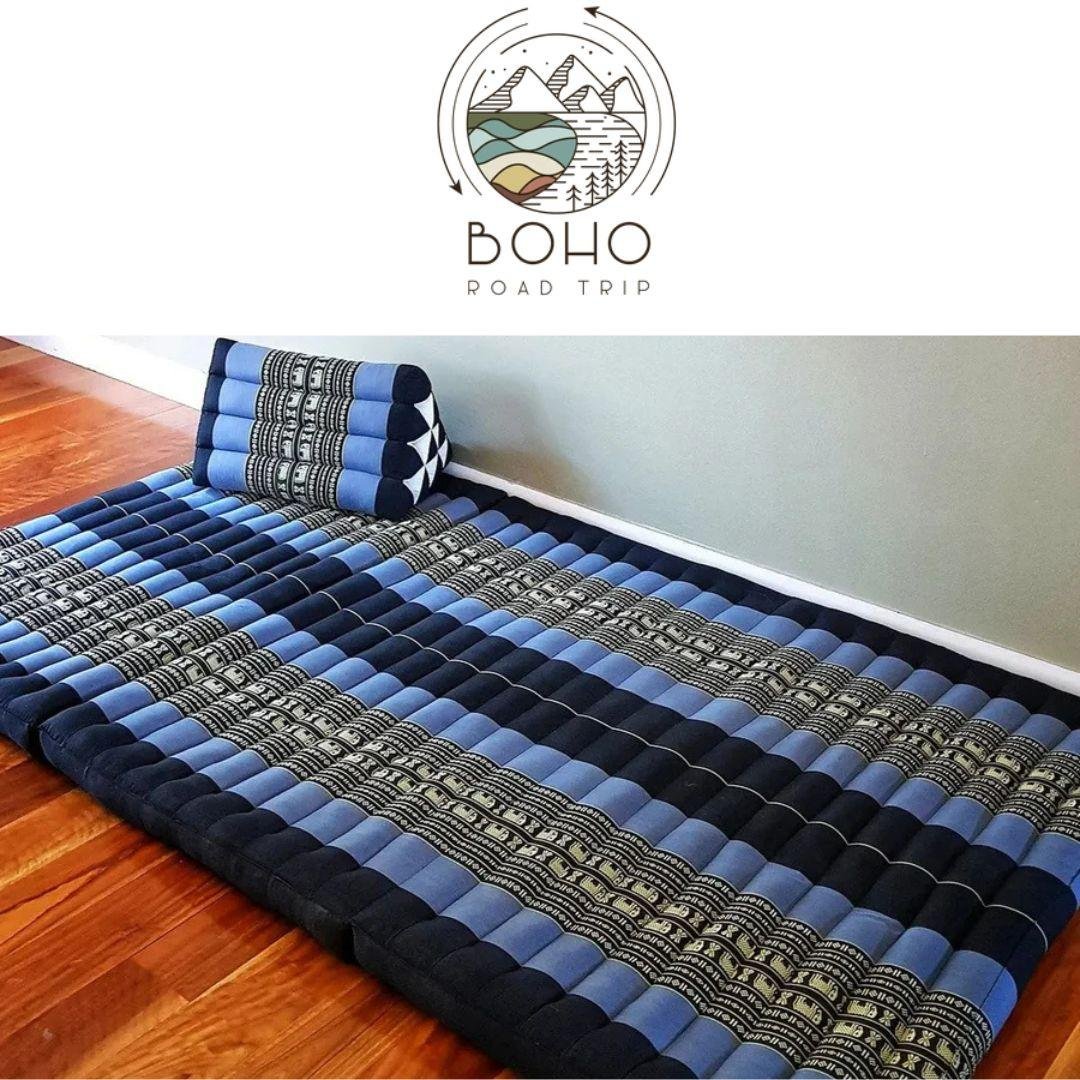Stopping Power in the Automotive Brake Caliper Market
The Automotive Brake Caliper Market accelerates with rising safety standards and demand for high-performance braking systems.
🛑 Download the Report: https://www.marketresearchfuture.com/reports/automotive-brake-caliper-market-7921
Key drivers:
• Surge in disc brake adoption in passenger and commercial vehicles
• Advancements in lightweight materials
• Growing EV and high-performance vehicle segment
#BrakeCaliper #AutomotiveBraking #VehicleSafety #AutoTech #EVSafety
The Automotive Brake Caliper Market accelerates with rising safety standards and demand for high-performance braking systems.
🛑 Download the Report: https://www.marketresearchfuture.com/reports/automotive-brake-caliper-market-7921
Key drivers:
• Surge in disc brake adoption in passenger and commercial vehicles
• Advancements in lightweight materials
• Growing EV and high-performance vehicle segment
#BrakeCaliper #AutomotiveBraking #VehicleSafety #AutoTech #EVSafety
Stopping Power in the Automotive Brake Caliper Market
The Automotive Brake Caliper Market accelerates with rising safety standards and demand for high-performance braking systems.
🛑 Download the Report: https://www.marketresearchfuture.com/reports/automotive-brake-caliper-market-7921
Key drivers:
• Surge in disc brake adoption in passenger and commercial vehicles
• Advancements in lightweight materials
• Growing EV and high-performance vehicle segment
#BrakeCaliper #AutomotiveBraking #VehicleSafety #AutoTech #EVSafety
0 Comments
0 Shares


